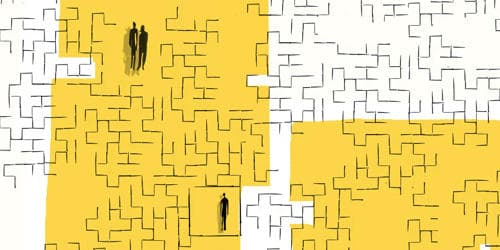The concept of Sell or Process Further Decision
The sell or process further decision is the choice of selling a product now or processing it further to earn additional revenue. Joint products have a common process and joint cost of production up to a split-point. Joint products are two or more products which have been manufactured from the same inputs and in the same production process. At the split-off point, they become distinguishable. That is, after completing a common process, the joint products will be separated. Often joint products are sold at the separation/split-off point. Deciding what to do with a product from the split-off point forward is known as a sell or process further decision. But sometimes, it is more profitable to process a joint product further beyond the split-off point, prior to selling it. A manager has to decide whether a product is sold at split-off point or sold after further processing. That is, determining whether to sell or process further is an important decision that a manager must take. For example, if a green widget can be converted into a red widget at an incremental cost of $1.00 per unit, then processing further is a good idea as long as the incremental price gain to be achieved is at least $1.01 per unit.
A sell-or-process-further analysis can be carried out in three different ways:
- Incremental Approach calculates the difference between the additional revenues and the additional costs of further processing.
- Opportunity Cost Approach calculates the difference between net revenue from further processed product and the opportunity cost of not selling the product at split-off point.
- Total Project Approach compares the profit statements of both options (i.e. selling or further processing) separately for each product.
The sell or process further decision most commonly arises when two or more products are generated by a manufacturing process. Further processing not only increases the total revenues but also incurred additional costs. These businesses must decide to sell farm products or natural resources as is or turn that inventory into another product. Therefore, the process further decision depends on whether the increase in total revenue exceeds the additional cost incurred for processing beyond the split-off point. That is, the incremental analysis provides the solution to sell or process further decision. A joint cost incurred prior to a split-off point has no effect on the decision. The cost incurred before a split-off point is past costs, sunk cost or irrelevant cost for sell or process further decision. The management must choose the option that will result in higher profits. Only future incremental revenue and differential cost should be considered. And incremental revenue is to be compared with incremental costs. If further processing costs exceed the increase in revenues, then there is no point in processing the product further. The alternative which gives more benefit(incremental revenue- incremental cost) must be adopted.
Information Source:
















